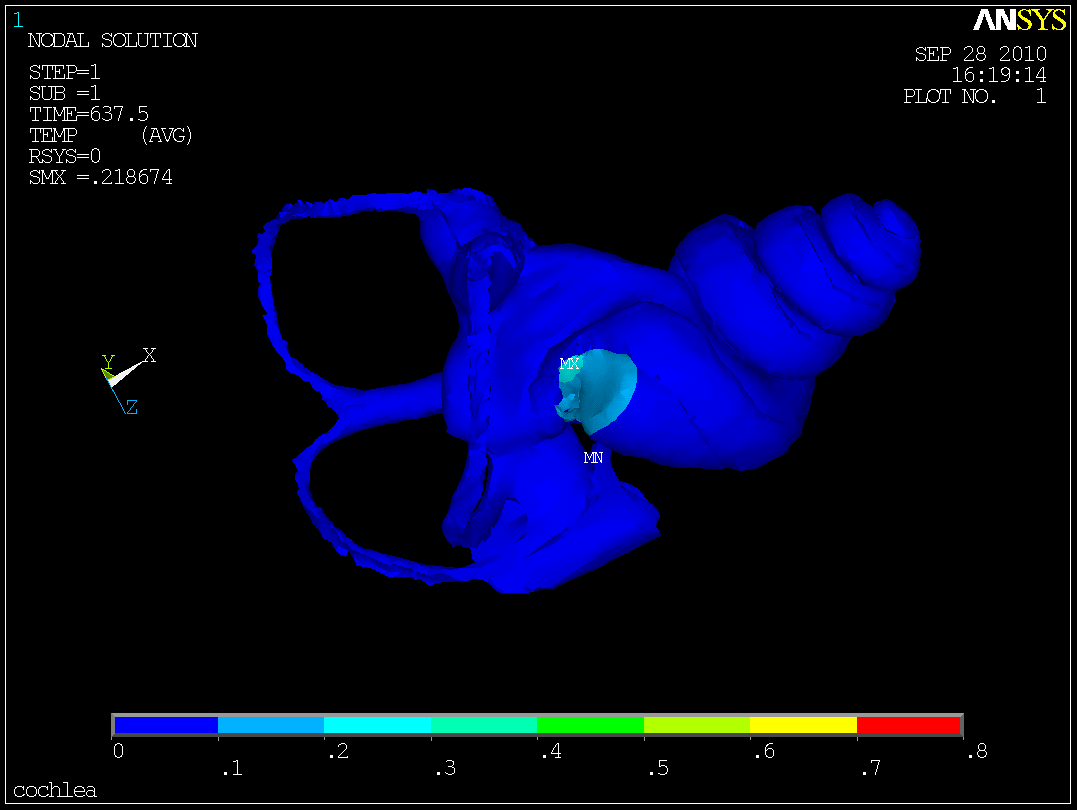Diseases of the inner ear, such as an acute hearing loss with or without tinnitus, belong to the most frequently occurring chronic diseases in Germany. Currently applied therapies include, among others, intravenous infusions; opinions about the effects of these are, however, controversial. Studies have shown that only very high doses of pharmaceuticals yield a measurable level of active agents in the inner ear, which may, however, cause undesirable systemic side effects.
Therefore, medical research has focused for a considerable time now on local therapy methods by which the pharmaceuticals can be taken to the round window membrane in an adequate way, from where they can directly diffuse into the inner ear. At the moment, lacking knowledge about the kinetics of pharmaceuticals in the inner ear is one of the main reasons of uncertainty with respect to the application of this method; therefore, extensive animal testing becomes necessary. However, the morphologic properties of the inner ear of different species also differ, so that the results of animal testing cannot be transferred directly to human beings.

